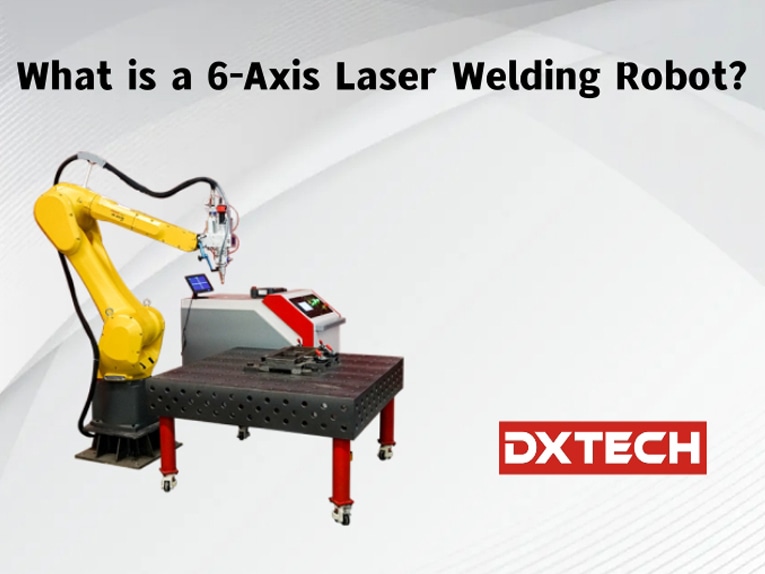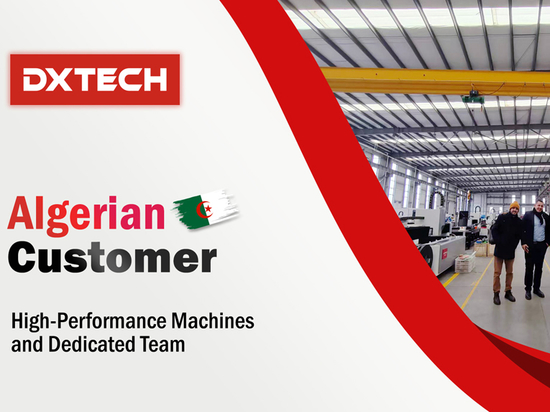
#Product Trends
What is a 6-Axis Laser Welding Robot?
What is a 6-Axis Laser Welding Robot?
Recently, DXTECH introduced an advanced 6-axis laser welding robot. Welding robots eliminate the drawbacks of traditional welding, such as pollution, low efficiency, poor workmanship, and high costs of skilled labor. It has excellent seamless and aesthetically pleasing welding technology, an intelligent visual control system that is easy to operate, high welding precision, high efficiency, and environmental friendliness, among other advantages. We believe that the DXTECH 6-axis robotic laser welding machine will soon become the top choice for automated welding operations.
This article will introduce the definition, features, and applications of the DXTECH 6-axis laser welding robot.
The 6-axis laser welding robot is a device that utilizes laser welding technology to achieve high-precision and high-efficiency welding operations through robotic arms. This robot can intelligently weld without human intervention, with high positioning accuracy and a large processing range, making it suitable for various materials and shapes. The advantages of laser welding robots include stable welding quality, improved product qualification rate, reduced labor intensity for workers, increased production efficiency, suitability for large-area spatial welding, intelligent operation, flexibility, reliability, the ability to connect six axes, and perform welding in any space, not limited to flat welding.
Its intelligent control system functions similarly to a skilled welder, allowing it to be flexibly applied to weldments of different specifications. The robot laser welding machine uses laser as the heat source for welding. The robot laser welding machine can irradiate high-energy-density laser beams onto two material parts, locally heating and melting them, and then cooling and solidifying them to form a whole.
DXTECH robot laser welding machine adopts the FANUC M20ib series robot, combining lightweight hollow upper arms and wrists with advanced servo technology. In addition, the laser welding head uses the WSX oscillating laser head, which has multiple swinging modes, allowing irregular welding and larger gaps in workpieces.
In traditional welding, welding defects such as under-welding, misalignment, and over-welding can occur, increasing material costs for companies. Laser welding robot can deposit welding material according to the weld seam, making full use of the welding material while ensuring precise welding. One operator can simultaneously operate two to three welding robots, reducing labor costs for companies.
Conclusion
The DXTECH 6-axis laser welding robot adopts a six-axis structure, allowing flexible welding and enabling the robot to maintain the optimal welding position, greatly improving welding quality and speed. The six-axis mechanism ensures a more standardized and reasonable cable routing design, effectively extending the cable's lifespan during motion. Moreover, the six-axis structure can accommodate different models of lasers, welding heads, and galvanometers, enabling welding of various materials and shapes, particularly excelling in welding irregularly shaped products.
If you want to learn more about DXTECH 6-axis laser welding robots, please contact us.





